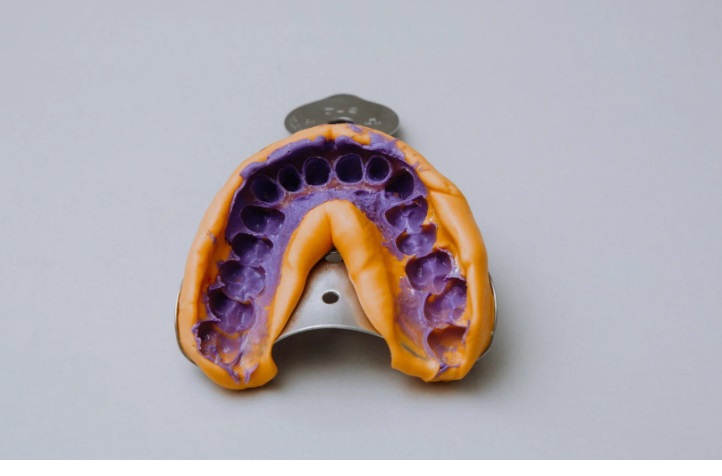In dentistry, capturing an accurate impression of a patient’s teeth and gums is crucial for creating well-fitting restorations. Traditionally, this involved taking a mold using a tray filled with impression material. However, digital scanning technology has emerged as a viable alternative. Let’s explore the advantages and disadvantages of each method to help you decide which is best for your dental lab:
Traditional Impressions
- Advantages:
- Lower upfront cost: The equipment for traditional impressions is generally less expensive than digital scanners.
- Simpler for some procedures: For simple restorations like nightguards or basic retainers, traditional impressions may be sufficient.
- Familiar workflow: Many dentists and labs are already familiar with the traditional impression process.
- Disadvantages:
- Patient discomfort: The trays and impression material can cause gagging and discomfort, especially for patients with sensitive gag reflexes.
- Potential for inaccuracies: Impression material can distort slightly during removal, leading tinaccuracies in the final restoration.
- Remakes: If an impression is damaged or inaccurate, a new one needs tbe taken, extending treatment time.
- Storage and shipping: Physical impressions require careful storage and can be damaged during shipping.
 Digital Scans
Digital Scans
- Advantages:
- Improved patient experience: Digital scanners are wand-like devices that eliminate the need for trays and gooey material, leading to a more comfortable experience.
- Enhanced accuracy: Digital scans capture highly detailed 3D images, minimizing distortion and improving the fit of restorations.
- Reduced remakes: The digital file can be reviewed and adjustments made on-screen, reducing the need for retakes.
- Efficient workflow: Digital scans can be sent electronically to the lab, streamlining the process.
- Archiving: Digital files are easily stored and retrieved for future reference.
- Disadvantages:
- Higher upfront cost: Digital scanners require a significant initial investment.
- Learning curve: Both dentists and lab technicians may need training to use digital scanners effectively.
- Not ideal for all cases: For some situations with limited mouth opening or severe anatomical variations, traditional impressions might be a better option.

Choosing the Right Method
The best method for your lab depends on several factors:
- Your budget: Consider the cost of equipment and potential training for digital scanners.
- The procedures you offer: Digital scans might be more important for complex restorations.
- Patient comfort: If you see many patients with sensitive gag reflexes, digital scans offer a clear advantage.
- Workflow efficiency: Evaluate the time savings and potential for fewer remakes with digital scans.
